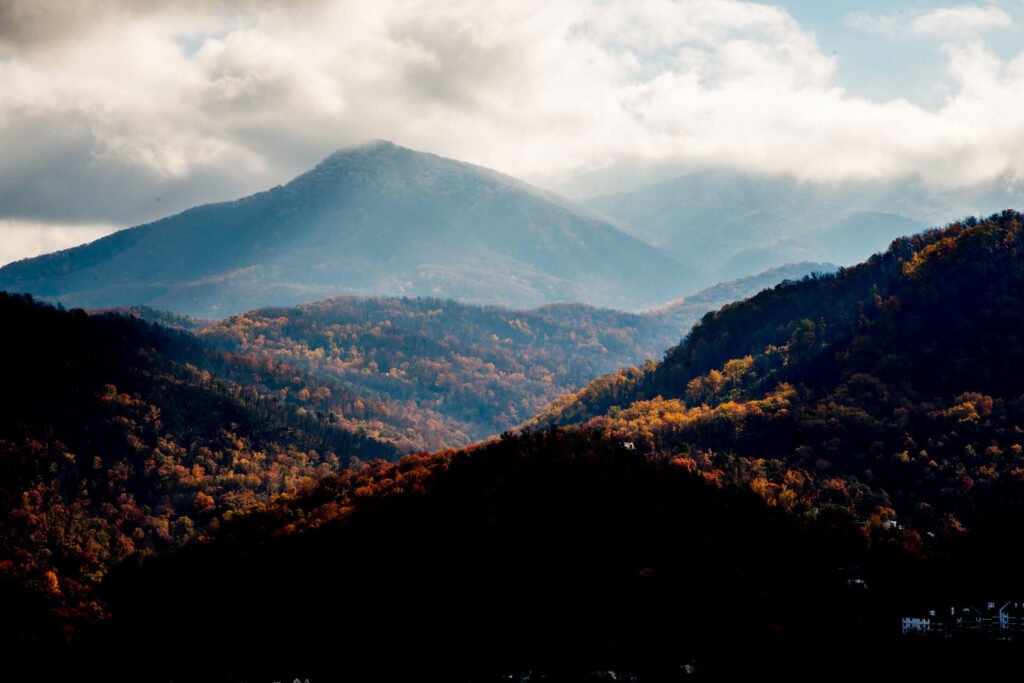America’s Public Lands Face Record Crowds Despite Shrinking Resources
As someone who’s spent years exploring and writing about the majestic Smoky Mountains, I’ve witnessed firsthand how our national treasures draw millions of visitors each year. There’s something magical about standing atop Clingmans Dome or hiking along the Appalachian Trail that stays with you forever. But today, I want to talk about a concerning trend affecting not just my beloved Smokies, but public lands across America.
Record Visitation Meets Dwindling Support
Americans are flocking to public lands in unprecedented numbers. National parks, forests, and monuments have become essential escapes, especially since the pandemic reminded us all how vital outdoor spaces are for our wellbeing. The numbers tell a striking story – many parks are reporting record-breaking attendance year after year.
Yet while more people than ever are enjoying these natural wonders, the federal agencies tasked with protecting them face significant budget cuts. It’s like inviting more guests to dinner while simultaneously reducing the food, staff, and dining space.
The Impact on Our Natural Treasures
Having spent countless days in the Smoky Mountains, I’ve seen how increased visitation without proper management can affect these delicate ecosystems:
- Overcrowded trails leading to erosion and habitat disruption
- Overwhelmed facilities including restrooms and parking areas
- Reduced ranger-led programs and educational opportunities
- Delayed maintenance projects creating safety concerns
- Wildlife disturbances as visitors venture off designated paths
The Great Smoky Mountains National Park alone welcomes over 12 million visitors annually – making it the most visited national park in America. Now imagine similar pressure on hundreds of public lands nationwide, all while their caretaking agencies face budget constraints.
The Numbers Tell the Story
| Agency | Annual Visitors | Budget Trend Under Trump Administration |
|---|---|---|
| National Park Service | Over 300 million | Significant cuts proposed |
| U.S. Forest Service | Over 150 million | Budget reductions |
| Bureau of Land Management | Approximately 100 million | Reduced funding |
A Local Perspective
For Brevard County residents, this national trend hits close to home. Many of us regularly visit nearby public lands like Canaveral National Seashore or Ocala National Forest. We’ve noticed more crowded parking lots, fewer ranger programs, and sometimes even temporary closures due to capacity issues.
I remember a recent trip to the Smokies where I arrived at a trailhead at 7 am – only to find the parking lot already full. A ranger explained they simply didn’t have the staff to manage the overflow or enforce parking regulations. This scenario is playing out across the country.
What This Means for Visitors
If you’re planning to visit any public lands in the coming months, I’d recommend:
- Researching less-visited alternatives to popular destinations
- Planning weekday visits when possible
- Arriving early or late in the day to avoid peak crowds
- Bringing everything you need and practicing Leave No Trace principles
- Checking ahead for any reservation requirements or visitor limitations
Looking Forward: Balancing Access and Protection
The challenge facing our public lands isn’t going away. As visitation continues to climb, adequate funding becomes even more crucial. The paradox is clear – Americans clearly value these spaces enough to visit in record numbers, yet political priorities haven’t aligned with this demonstrated public interest.
Having witnessed the magic of misty mornings in the Smokies and the joy on visitors’ faces as they spot their first black bear or waterfall, I know what’s at stake. These aren’t just recreation areas – they’re our natural heritage and deserve proper care.
How You Can Help
If you care about preserving access to America’s public lands:
- Contact your representatives about the importance of funding land management agencies
- Consider volunteering with local conservation organizations
- Support entrance fee increases when they directly benefit the parks
- Practice responsible visitation and encourage others to do the same
The tension between skyrocketing visitation and shrinking resources represents one of the greatest challenges facing America’s public lands today. As both visitors and citizens, we all have a stake in how this story unfolds.
Have you noticed changes at your favorite public lands? I’d love to hear your experiences in the comments below.
Source link: Original article about public lands visitation and funding

